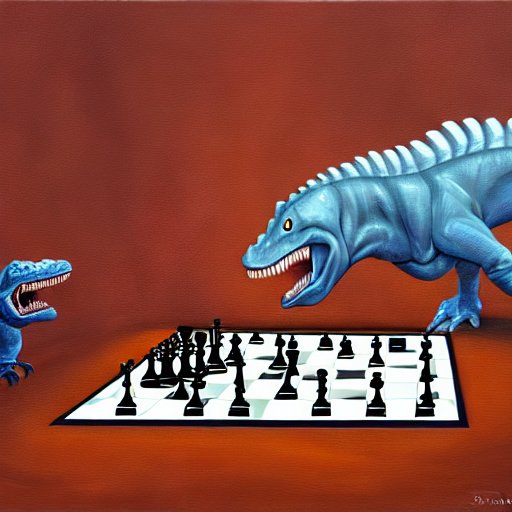
Intro
You probably know at least some fun facts about what is commonly called long-term and short-term memory. Stuff like: long-term memory being basically unlimited, people being able to hold five to seven chunks of information in their short-term memory, or maybe that learning is really about moving stuff from short-term to long-term, and so on. Most of them are more or less based on some research, but they all share one critical characteristic:
All of these assume a fairly dual, clear-cut differentiation between short-term and long-term memory.
The problem
However, there is this paper with the tastefully understated title of Long-Term Working Memory.
The authors Ericsson and Kintsch basically go: Hey, look…
- …chess masters can play chess in their head.
- …people who read texts hold large nets of information about actors and events in their head
- …you can get people to quickly memorize dozens of random digits at a time
…and none of this can be explained with the proposed slow recall mechanisms of long-term memory or with the extremely limited capacity of short-term memory.
The solution and my learning
Next, the authors take the reader on a sightseeing tour of memory research history. In this context, they tie in an entirely new concept which they call long-term working memory to unify the findings listed above with the academical canon. To be honest, I am way too nescient regarding the whole research space to really be able to make a judgement on whether their theories are plausible, so I am not going to judge it. If you are ready for a deep-dive though, I do strongly recommend this paper.
Nonetheless, their initially recounted observations hold very true. So I basically wrote this as a reminder for me (and maybe you) as an admonition to not cling to the idea of a short-term/long-term memory duality zealously. Academically, but also practically: For example when designing expert interfaces, this whole seven chunks of working memory may not be so useful.
Extras
Here is some other relevant points that the authors note:
- This kind of extended memory only works for skilled activities. As in, chess masters can hold an absurd amount of plausible chess moves in their head, but their performance at memorizing randomized piece position on a board is as bad as predicted.
- Information in the long-term working memory can be somewhat held and accessed even after interruptions
- Experts become experts by learning and internalizing more efficient representations of the thing they are thinking about over time
Closing words
I do really think this depthless summary cannot give Ericsson’s and Kintsch’s thirty page epos much justice, but even so, I think there is serious value in just remembering that the classic dual model of memory does have some proven problems. In that light, I am very thankful to the authors for their work.
Thanks for reading! This post is part of my series of reading and summarizing papers, mostly relating to UX. I use a casual tone because that’s the most fun to me. That means my interpretation of a given paper may be off. Or incomplete. Or plain wrong. Always think for yourself, and please, don’t cite this in an academic context. Use the original article instead. Cheers!